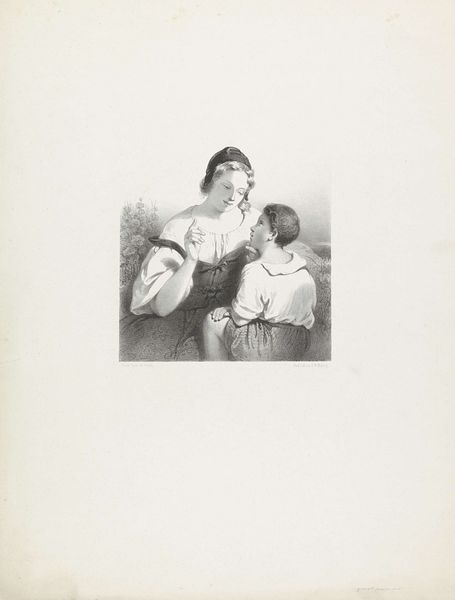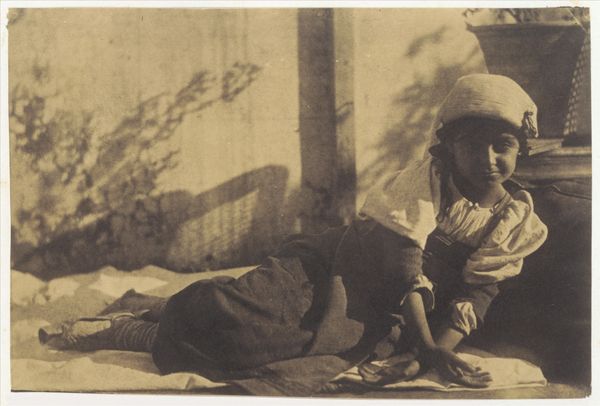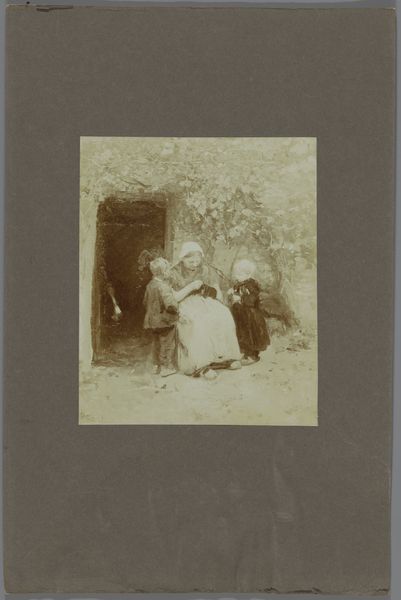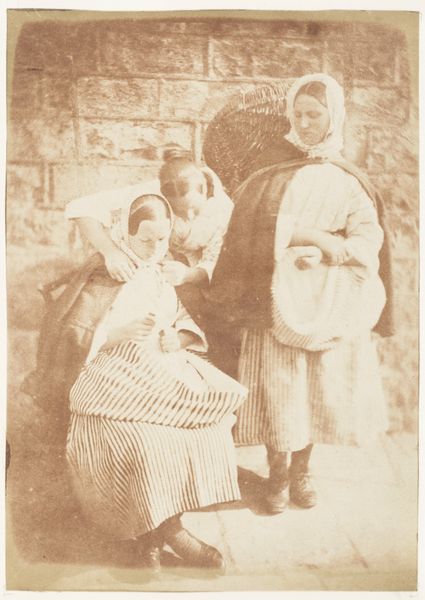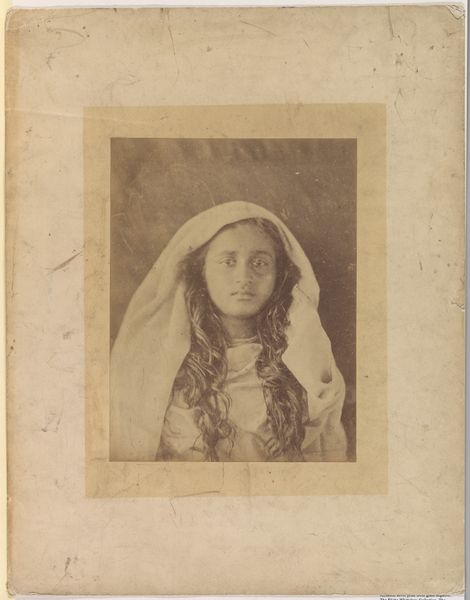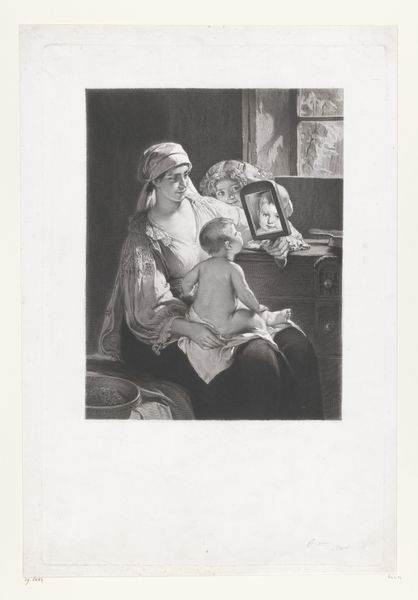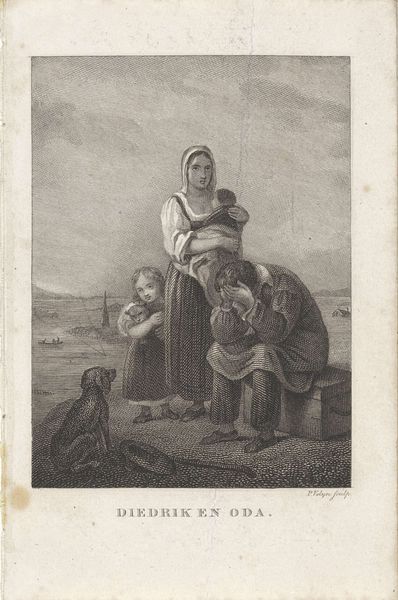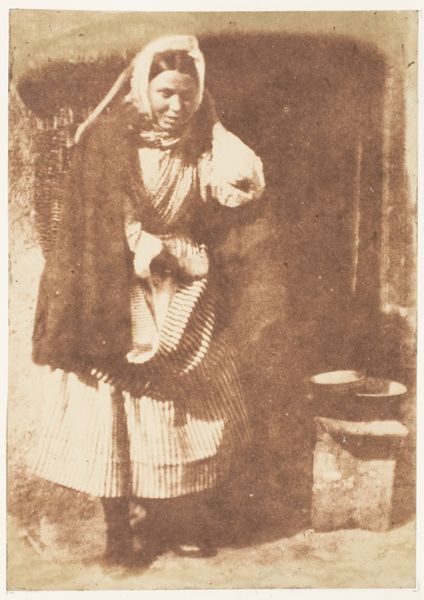
drawing, graphite
#
portrait
#
drawing
#
historical photography
#
19th century
#
graphite
#
genre-painting
#
realism
Dimensions: height 630 mm, width 454 mm
Copyright: Rijks Museum: Open Domain
Editor: So, this drawing, “Begging Mother with Child in Arms,” probably from sometime in the 1800s, uses graphite. The artist’s realism definitely makes the mother and child’s weariness really apparent. What stands out to you about this piece? Curator: Immediately, I think about the societal structures that made this drawing possible. The availability of affordable graphite enabled artists to depict the realities of poverty for wider consumption. How does the medium itself— a readily accessible material—impact the viewing and understanding of such subject matter? Editor: That's interesting. So you’re saying that because graphite was more common, this kind of art became more widespread, shaping how people viewed poverty? Curator: Exactly. Consider the labor involved, both in the drawing’s creation and in the lives of its subjects. Are we meant to simply pity them? Or does the act of rendering their image, turning them into a commodity for artistic consumption, raise deeper questions about social responsibility? What impact do you believe such images have on viewers who might be consuming luxury goods produced at the expense of others? Editor: It's forcing me to consider the ethical implications, that’s for sure. It's not just about the skill of the artist, but also what message it sends, and how that message is distributed. Curator: Precisely! This artwork prompts us to contemplate the role of art within broader networks of production, labor, and the human condition itself. Editor: It does change my view; it makes you realize it's more complex than just an image. Curator: Indeed. And by tracing the material connections, we unearth new avenues for critical understanding.
Comments
No comments
Be the first to comment and join the conversation on the ultimate creative platform.

